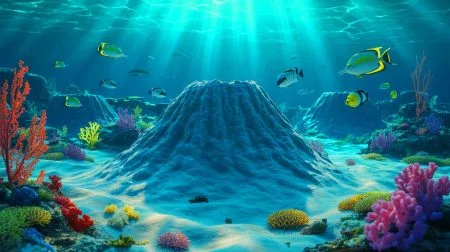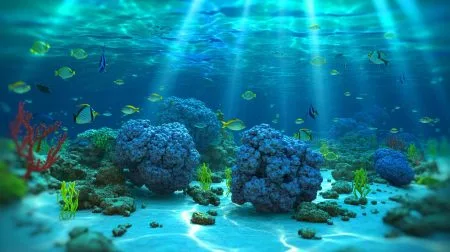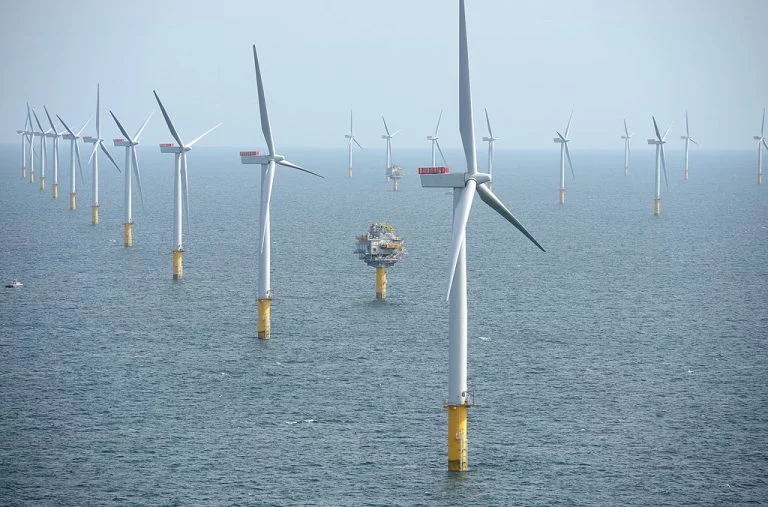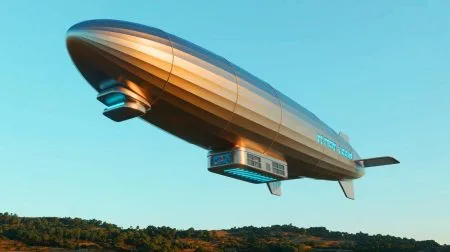The European Commission has issued new guidance to help member states during the planning phases of renewable energy projects.
The commission has issued two guidance documents as part of the EU action plan for the environment, people and the economy, aiming to improve biodiversity and ensure that new energy projects can be developed safely and affordability.
The environmental risks of clean power projects were becoming a concern, said environment commissioner Karmenu Vella, who added that the commission’s “objective is to ensure that the EU nature laws deliver for nature, people and the environment”. The Maltese politician said that the guidance documents were meant to provide governments with practical recommendations concerning renewable energy projects. These recommendations are meant to ensure that projects would not pose environmental risks and would not damage sites of natural and historical importance.
The documents were supposedly designed for national authorities and stakeholders in the renewable energy space, highlighting the need to consider the impact new projects on habitats. They said wind energy projects had been the target of criticism due to the potential harm they could cause wildlife, especially birds.
Wind turbines at sea could also have a negative impact on sea life, it warned.
Hydrogen
In the UK, excess electricity from wind and solar farms should be used to produce hydrogen for storage, according to a report by the Institution of Mechanical Engineers (iMechE).
Renewables were the UK’s second biggest source of electricity in Q4 of last year and now provide about a third of the power during some days, when the sun shines.
Electricity could be used to split water into hydrogen and oxygen, with the explosive hydrogen acting as energy storage for renewables.
Water is the only “pollution” caused by burning hydrogen.
The gas can be blended with natural gas, sent to fuel cells to generate electricity or for supplying hydrogen vehicles, iMechE said.
In a report backed by the gas sector, Dr Jenifer Baxter said: “We are seeing continued expansion of renewables. If we’ve got a lot of low-carbon power, we want to make sure we’re using all of that.”
She urged renewable, nuclear and gas sectors to work together on “power to gas”. The nuclear sector’s trade association welcomed the iMechE study.
Baxter said electricity prices were falling while electrolysers, which split water into hydrogen and oxygen, were becoming more efficient.
Sheringham Shoal wind farm off the English coast. Picture credit: Wikimedia
Did you like it? 4.4/5 (25)







